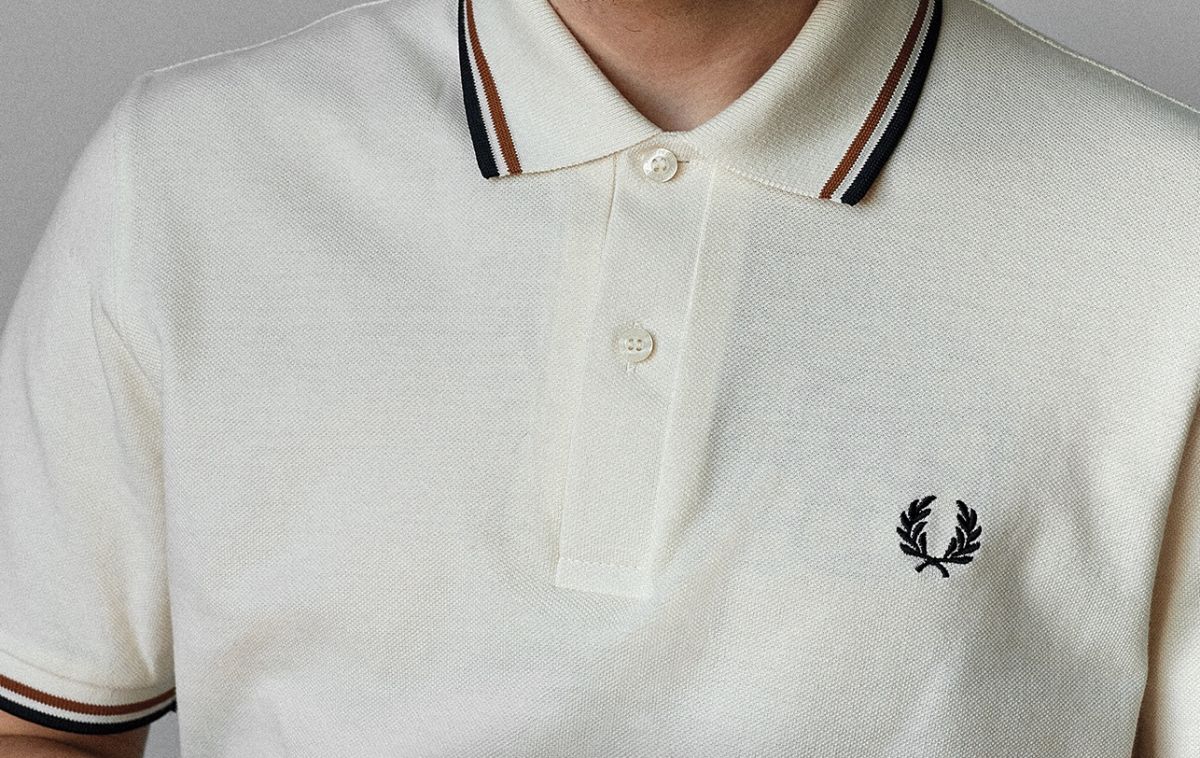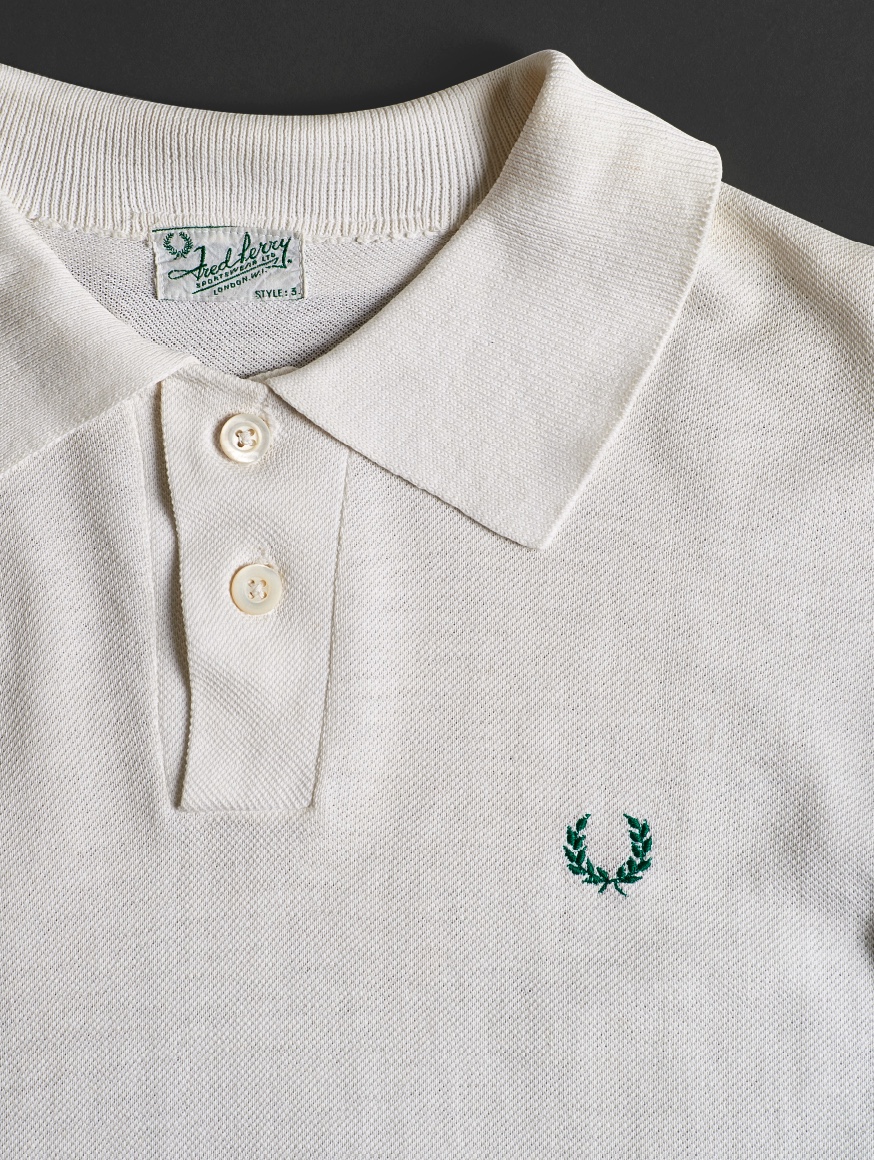The relationship between sportswear and subcultures started long before the first wave of streetwear and can be traced back to an overlapping love of smart, yet functional fabrics.
Everything the early tennis pros appreciated about piqué as a shirting material was held in equal regard by the mods just a few decades later, for example. The original technical textile, still revered as much for its sharpness as its practicality today.






